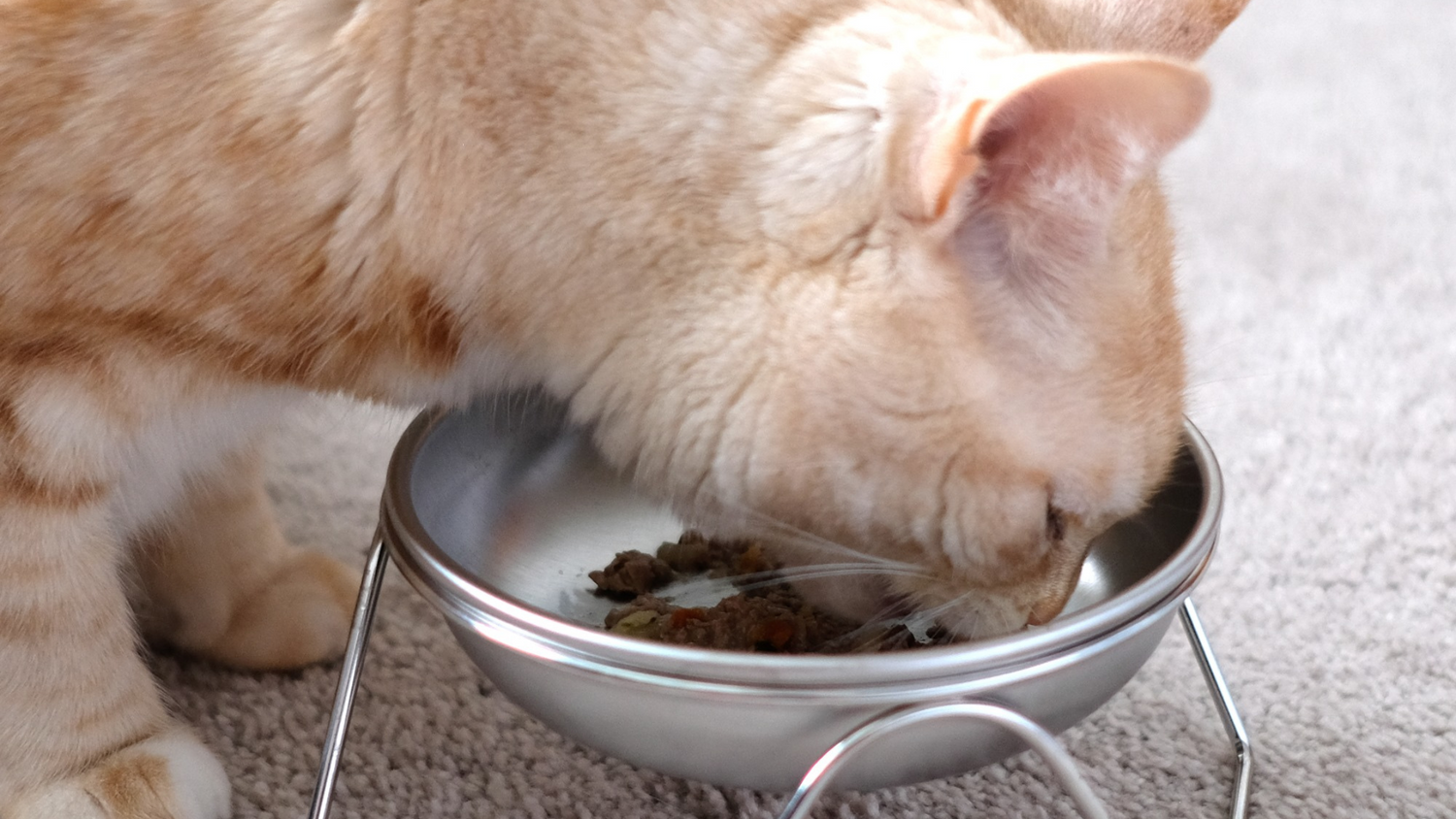When it comes to elusive animals, few creatures can match the mystery and allure of the world’s most elusive house cat, the Kodkod. This tiny feline, native to the temperate rainforests of South America, is often considered one of the most difficult cats to spot in the wild. Its small size and elusive nature have earned it a reputation as a master of stealth and survival. In this article, we will delve into the world of the Kodkod, exploring its unique characteristics, habitat, behavior, and conservation status.
Table of Contents
The Elusive Kodkod
The Kodkod (Leopardus guigna), also known as the guigna, is the smallest wild cat species in South America, with an average body length of just 19-24 inches and a weight ranging from 2.2 to 6.6 pounds. Its diminutive size, along with its secretive and solitary nature, makes it incredibly challenging to study and observe in the wild. Unlike other wild cats, the Kodkod is rarely seen and is known to be extremely elusive, which has led to its mysterious reputation among wildlife enthusiasts and researchers.
Habitat and Range
The Kodkod is native to the dense, temperate rainforests of Chile and Argentina, where it can be found inhabiting a variety of environments, including montane forests, bamboo thickets, and Valdivian temperate rainforests. Its distribution is limited to a relatively small range, making it a highly localized and specialized species. Due to its specific habitat requirements, the Kodkod is vulnerable to habitat loss and fragmentation, which poses a significant threat to its survival in the wild.
Behavior and Diet
Despite its elusive nature, researchers have been able to glean some insights into the behavior and diet of the Kodkod. This nocturnal and crepuscular cat is primarily a solitary hunter, preying on a variety of small mammals, birds, and insects. Its stealthy and agile nature enables it to navigate the dense undergrowth of the rainforest with ease, allowing it to capture its prey with precision and efficiency. The Kodkod is also known to be an excellent climber, often taking refuge in the treetops to rest and survey its surroundings.
Conservation Status
The Kodkod is listed as “Vulnerable” on the International Union for Conservation of Nature’s (IUCN) Red List of Threatened Species, with its population facing ongoing decline due to habitat loss, fragmentation, and human-wildlife conflict. Deforestation, land conversion, and illegal hunting are significant threats to the Kodkod’s survival, and conservation efforts are crucial to ensure its long-term viability in the wild. Organizations and researchers are working tirelessly to study and protect this elusive cat, with a focus on habitat preservation, anti-poaching measures, and public awareness initiatives.
Conclusion
The Kodkod’s elusive nature and unique characteristics make it a fascinating and enigmatic member of the feline family. Despite its small size, it plays a vital role in its ecosystem as a predator and has a rich cultural significance in the indigenous communities of Chile and Argentina. As its habitat continues to face unprecedented challenges, the conservation of the Kodkod is more important than ever. By raising awareness and supporting conservation efforts, we can contribute to the protection and preservation of this remarkable and elusive species.
FAQs
What does the Kodkod look like?
The Kodkod is a small, spotted cat with a reddish-brown coat and black markings on its face and body. It has a rounded head, short legs, and a long, bushy tail.
Why is the Kodkod so elusive?
The Kodkod’s elusive nature is due to its small size, nocturnal habits, and specialized habitat requirements. It is highly adapted to the dense, temperate rainforests of South America, which makes it difficult to spot in the wild.
What are the biggest threats to the Kodkod’s survival?
The Kodkod faces significant threats from habitat loss, fragmentation, and human-wildlife conflict. Deforestation, land conversion, and illegal hunting pose serious risks to its population.
How can I support the conservation of the Kodkod?
You can support the conservation of the Kodkod by donating to reputable wildlife organizations, spreading awareness about its plight, and advocating for the protection of its habitat and the enforcement of anti-poaching measures.
what is the rarest house cat in the world
The world’s most elusive house cat is the Scottish Wildcat. This beautiful and mysterious creature is extremely rare and difficult to spot in the wild. In fact, it is estimated that there are only around 400 of these cats left in the wild, making it one of the most endangered animals in the world.
The Scottish Wildcat is often mistaken for a domestic cat due to its similar appearance, but this species is much larger and more robust. They have a striking appearance with their thick, striped coat and bushy tail, which helps them to blend in with their natural habitat of the Scottish Highlands.
Despite their elusive nature, researchers and conservationists have been working tirelessly to study and protect the Scottish Wildcat. Through tracking and camera monitoring, they have been able to gather valuable information about these cats’ behavior and habitat, which is crucial for their conservation.
One of the biggest threats to the Scottish Wildcat is hybridization with domestic cats, which has led to a decline in the purebred populations. In 2019, a project called the Scottish Wildcat Action was launched, aiming to protect and conserve purebred Scottish Wildcats through a series of measures, such as neutering and vaccinating domestic cats in the wildcat’s habitat.
Another major threat to the Scottish Wildcat is habitat loss and fragmentation due to human development and deforestation. This has led to a decrease in their prey, such as rabbits and birds, which has further endangered the species.
Despite their small population and numerous threats, the Scottish Wildcat remains a symbol of Scotland’s natural beauty and an important part of the country’s biodiversity. Efforts to protect and conserve this elusive house cat are ongoing, and with continued support and awareness, there is hope that the species can be saved from extinction. what is the rarest house cat in the world








